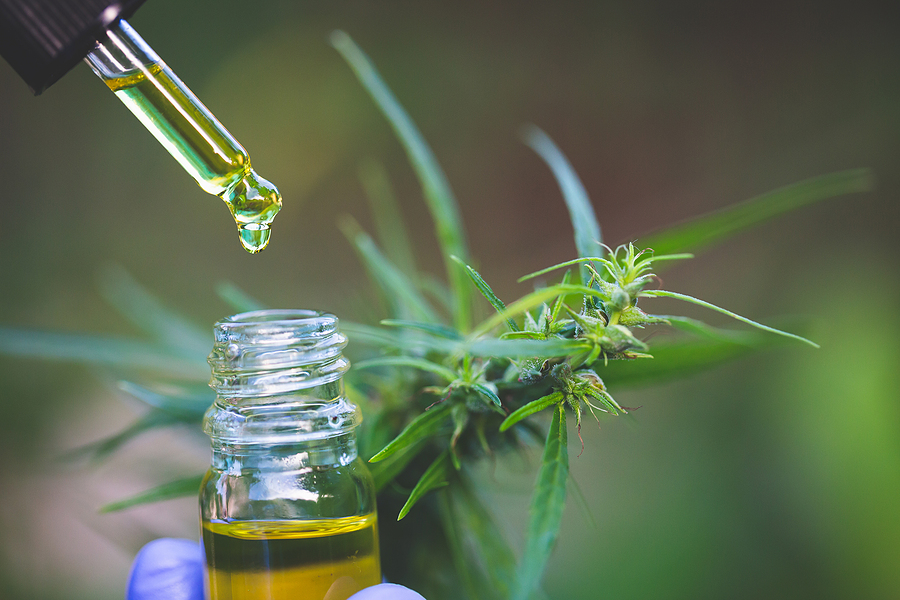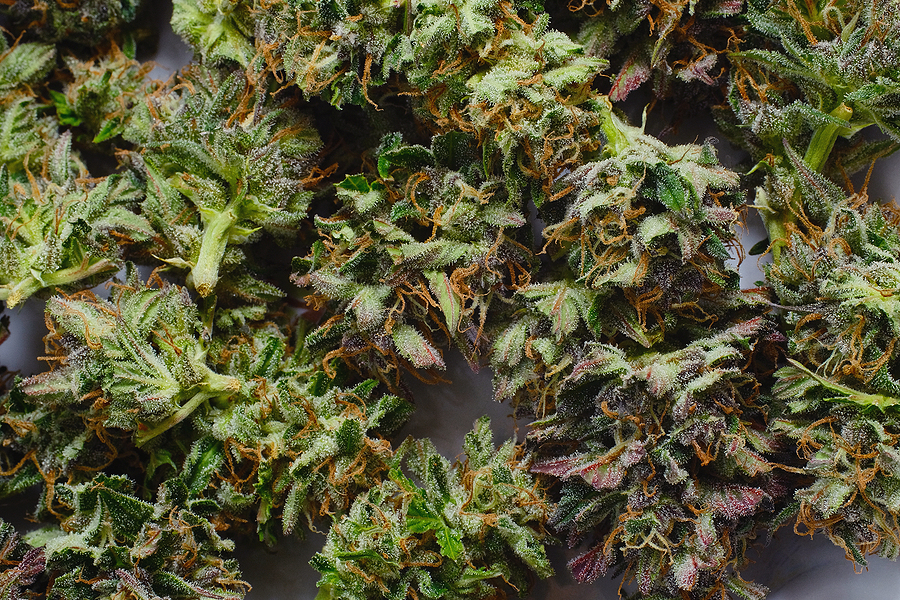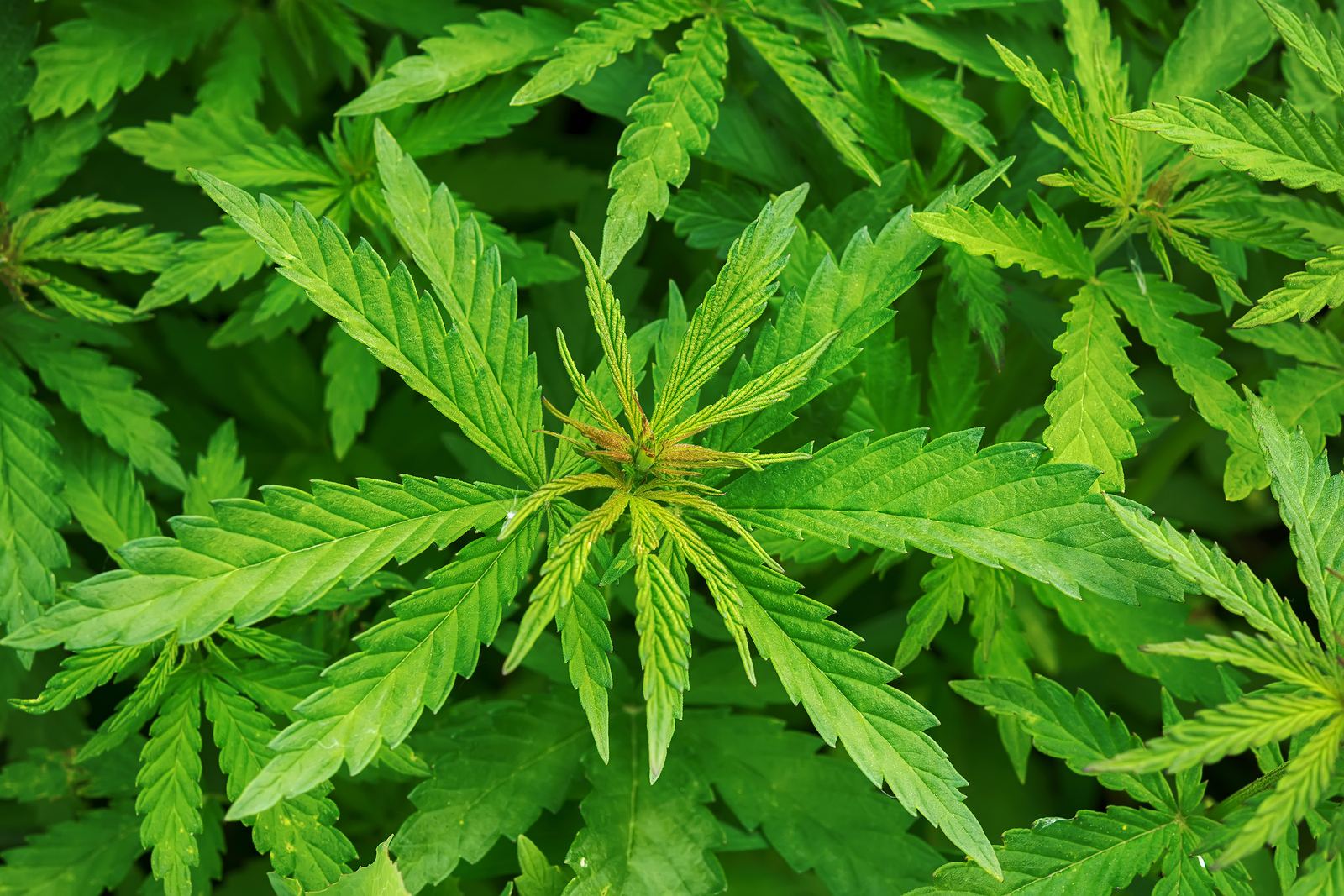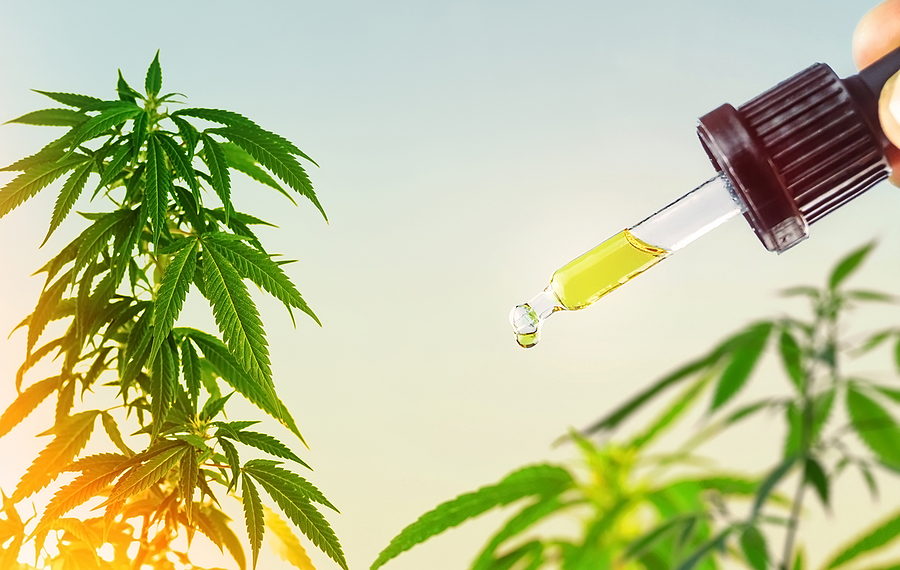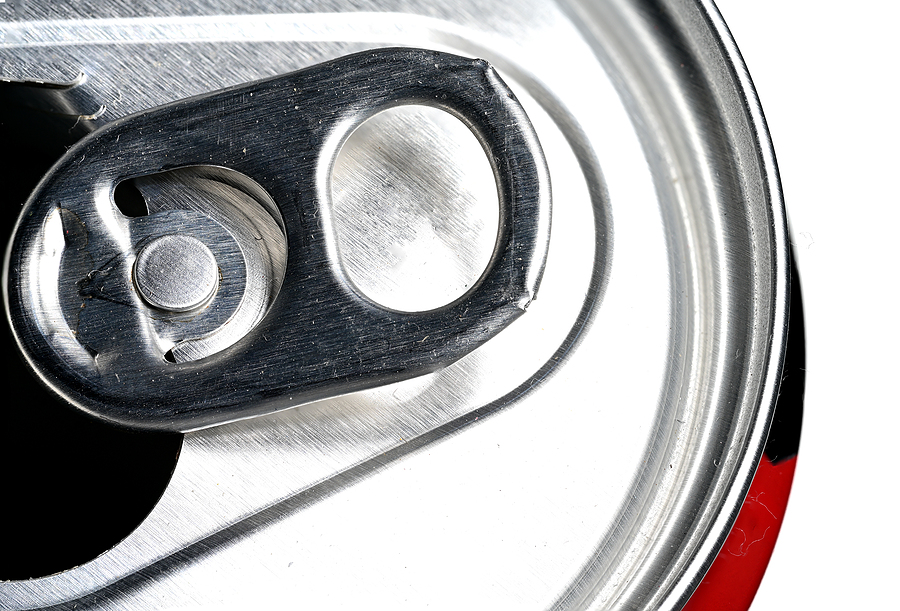What Are CB1 and CB2 Receptors?
The endocannabinoid system plays an important role in the regulation of bodily processes.
It consists of two major receptors, CB1 and CB2, which are responsible for regulating physiological functions such as appetite, sleep, mood, memory, and pain perception.
These receptors respond to different compounds known as cannabinoids that are found naturally in the body or from external sources like marijuana plants products.
In this article, we will explore more about the locations of these receptors, their effects on the body, and the differences between them.
Overview of the Endocannabinoid System
The endocannabinoid system is a biological system composed of endogenous cannabinoid molecules, their receptors, and metabolic enzymes that are involved in the regulation of physiological processes.
It plays an important role in homeostatic regulation, with its main functions being to maintain normal body balance and regulate behaviors.
Endocannabinoids produced by the body act as signaling molecules through two primary receptors: CB1 and CB2. These receptors are found throughout the central nervous system (CNS) and peripheral nervous system (PNS), along with other organs and tissues, including immune cells.
Activation of these receptors can result in neuroinflammation, pain management, changes in metabolic pathways, and modulation of the immune system.
By binding to both CB1 and CB2 receptors, endocannabinoids can produce protective effects against many diseases associated with inflammation or neurodegenerative conditions like Alzheimer’s disease or multiple sclerosis (MS).
Locations of CB1 and CB2 Receptors
CB1 receptors have been identified primarily within the brain, where they mediate several cognitive processes such as memory formation, appetite control, motor coordination, and reward behavior. They also play an important role in regulating basal ganglia activity, which controls motor movements.
On the other hand, CB2 receptors are mainly located on cells from the immune system, including macrophages and lymphocytes, where they help modulate inflammatory responses such as cytokine production or phagocytic action.
Effects of CB1 and CB2 Receptors on the Body
The activation of CB1 and CB2 receptors has been shown to be involved in numerous physiological processes, ranging from homeostasis maintenance to pain modulation.
Neurological effects have been observed as a result of activating these receptors, particularly with regard to cognitive performance, memory formation, and motor coordination.
Immunological effects such as anti-inflammatory properties have also been found to be mediated by the activation of CB1 and CB2 receptors.
Metabolic effects are also associated with the activation of these receptors, including stimulation of appetite and regulation of body weight.
Differences between CB1 and CB2 receptors
Differences between CB1 and CB2 have been noted in terms of their physiological roles, with one type being more closely associated with neurological effects while the other is involved in immunological and metabolic processes.
The impact of CB1 receptors on immunity is largely related to their regulation of inflammation levels, which can reduce pain-related symptoms such as anxiety or depression. Additionally, it has also been shown to reduce nausea and vomiting due to cancer treatments or other medical conditions.
The effects of CB2 receptors are primarily related to their regulation of immune cell production and activity; this includes modulating inflammatory responses by decreasing cytokine production from activated T cells as well as providing relief from chronic pain via modulation of opioid pathways within the brain.
Overall, differences between these two cannabinoid receptors have important implications for medical treatments for managing a wide range of conditions, ranging from anxiety disorders to autoimmune diseases.
Conclusion
The endocannabinoid system is a complex biological system that plays an important role in regulating various bodily functions.
CB1 and CB2 receptors are two of the main components of this system, located throughout the body.
They interact with endocannabinoid molecules to produce effects such as pain relief, anti-inflammation, and appetite regulation.
It is estimated that there are around 2 trillion CB1 receptors in the human body, while there are about 10 times fewer CB2 receptors.
This suggests that the primary function of these receptors is to regulate pain and inflammation.
Understanding how these receptors work within our bodies could lead to new treatments for many medical conditions associated with them in the future.
Resources:
Mackie, Ken. “Cannabinoid receptors: where they are and what they do.” Journal of neuroendocrinology 20 (2008): 10-14. https://onlinelibrary.wiley.com/doi/pdf/10.1111/j.1365-2826.2008.01671.x
Dhopeshwarkar, Amey, and Ken Mackie. “CB2 cannabinoid receptors as a therapeutic target—what does the future hold?.” Molecular pharmacology 86.4 (2014): 430-437. https://www.ncbi.nlm.nih.gov/pmc/articles/PMC4164977/?fbclid=IwAR01qsQnKm9kCPHgUS2Vgqtq5yQkEfSSU94SNEeG_IkJsbdYTajfWWckfjs
